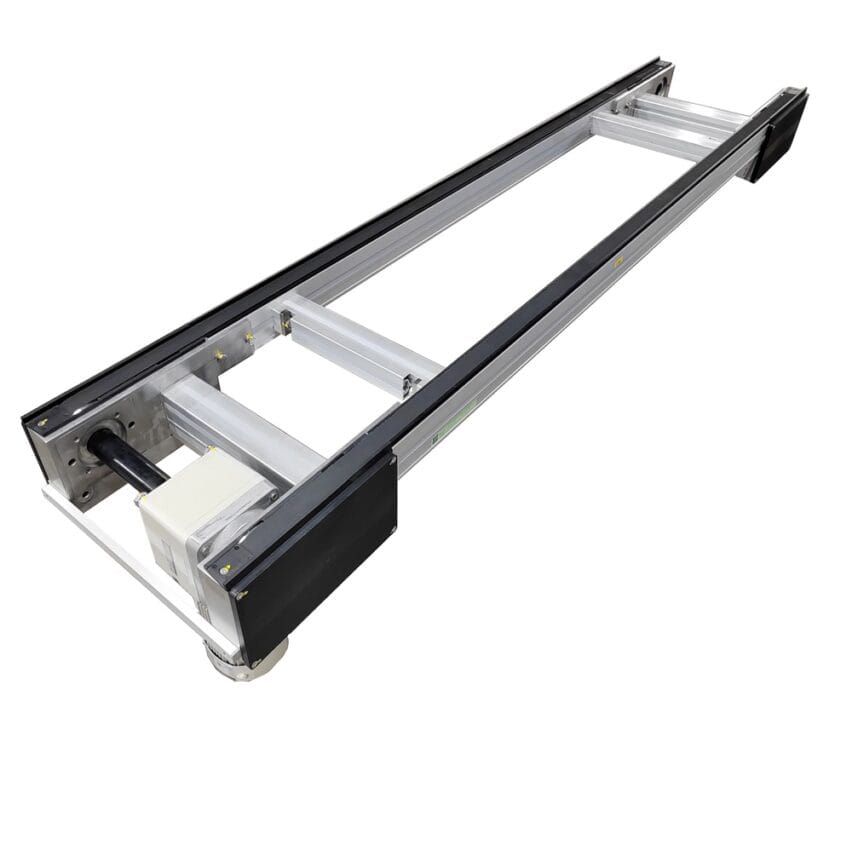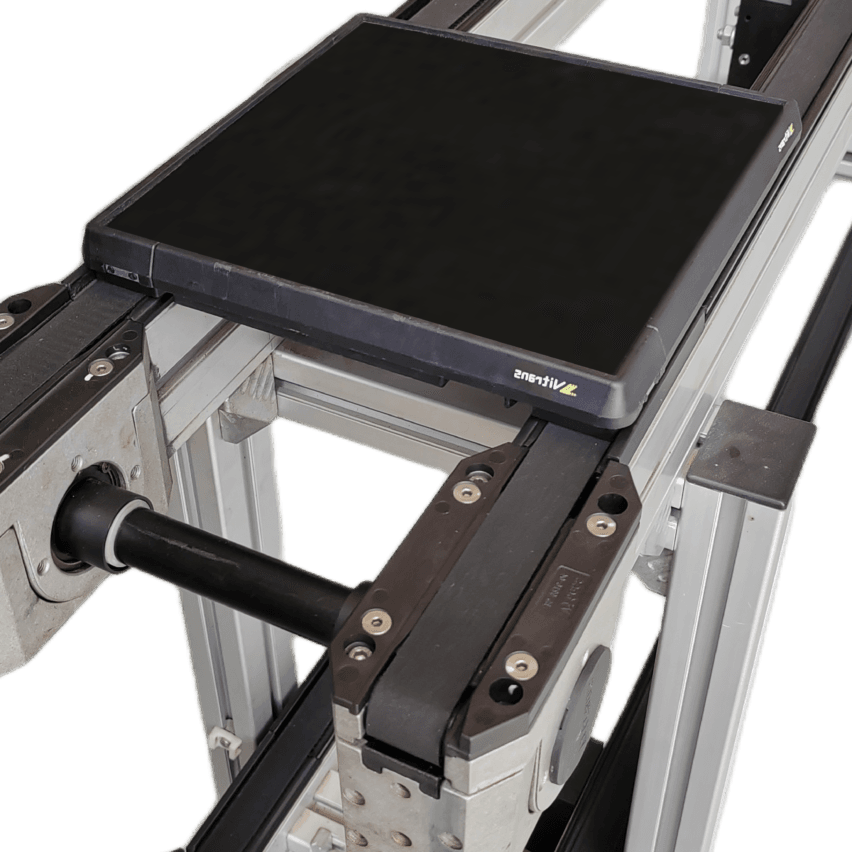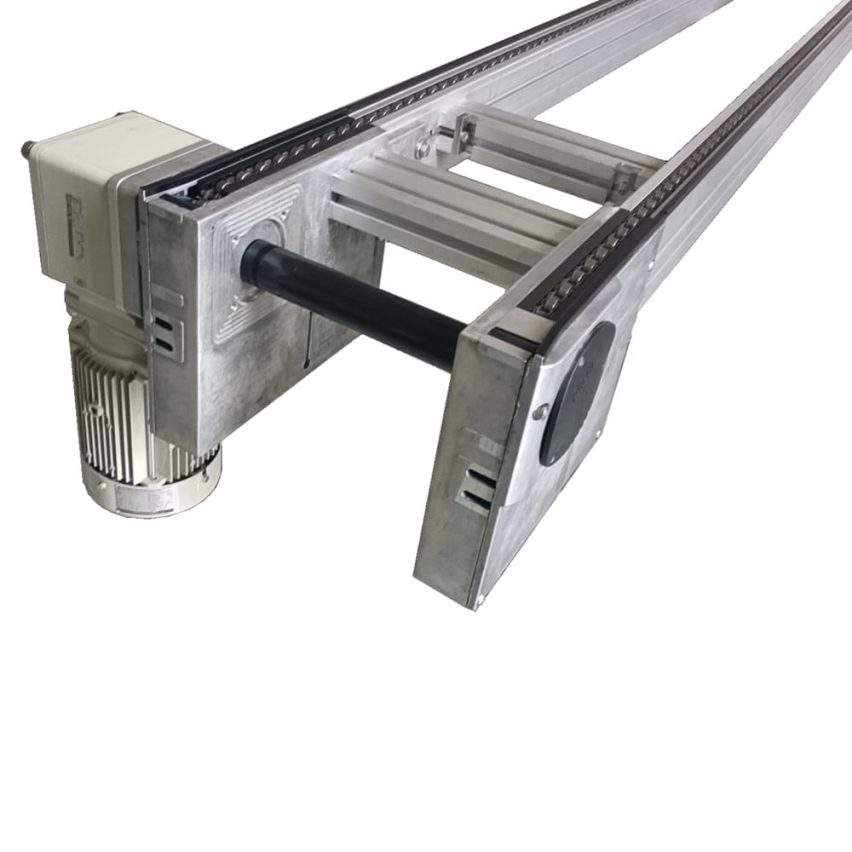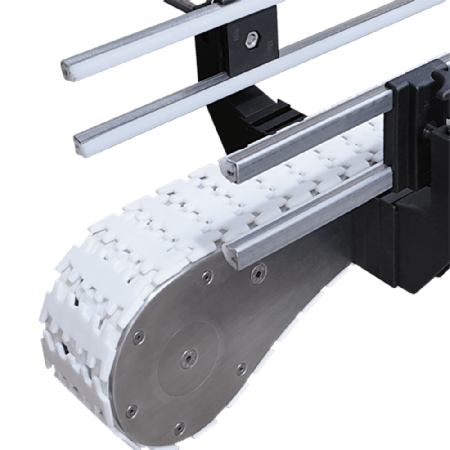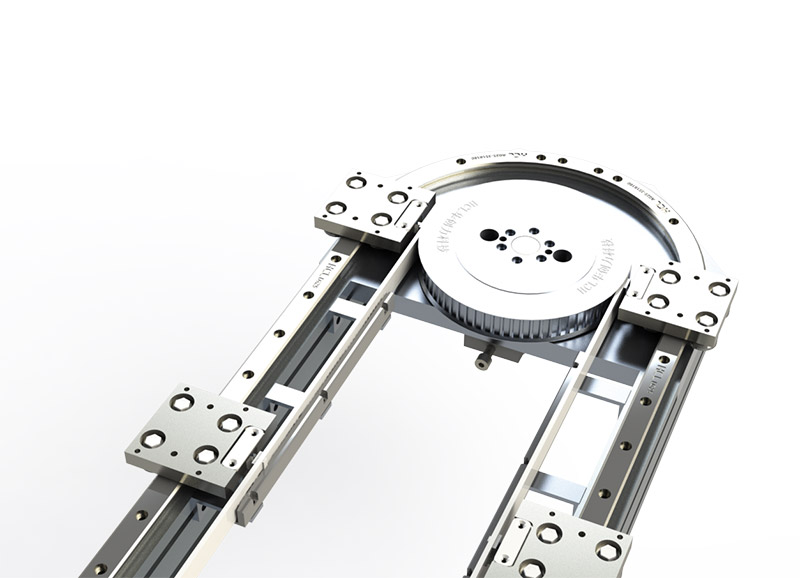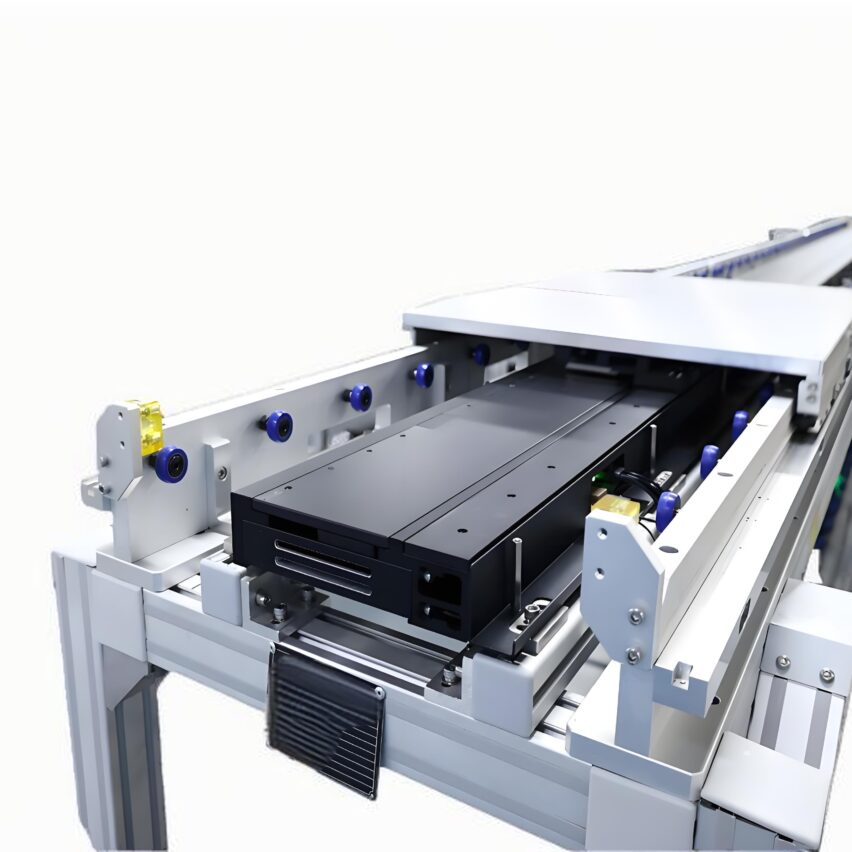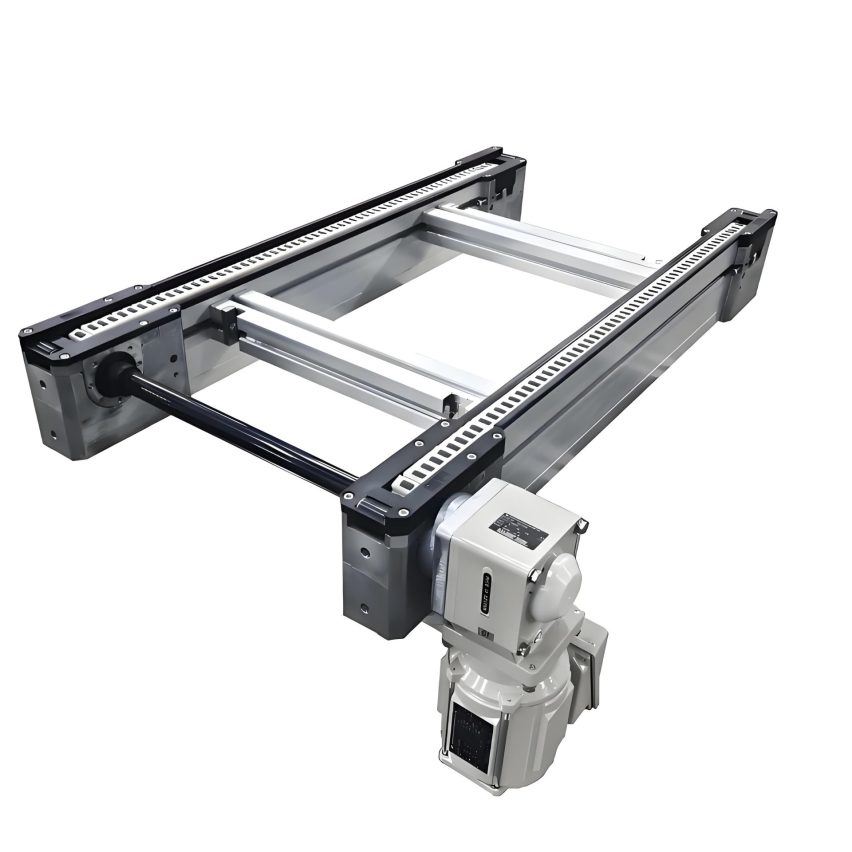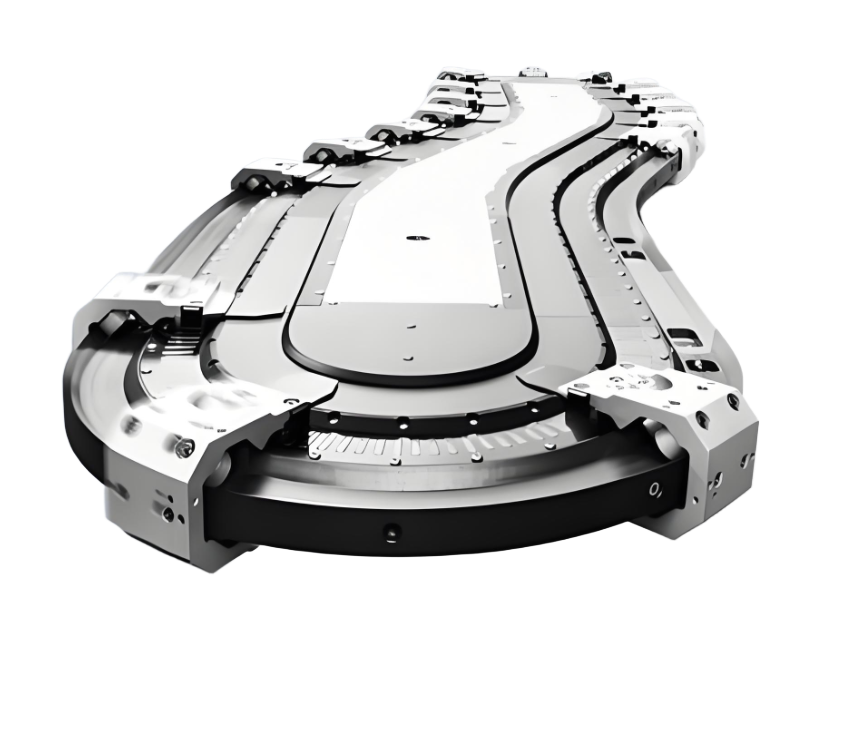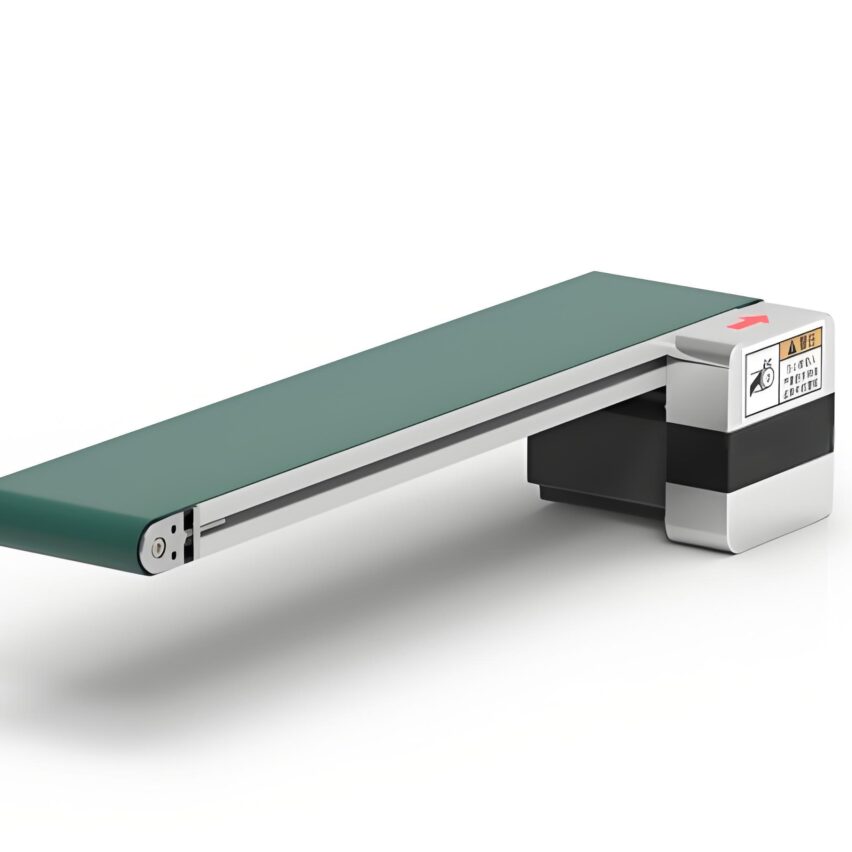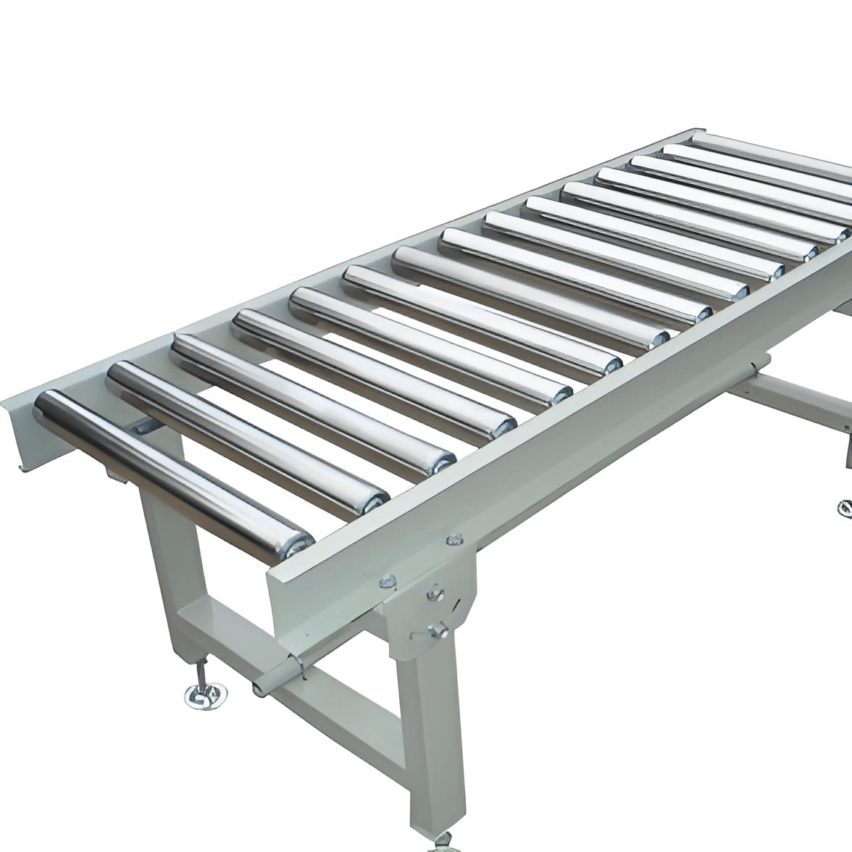Have you ever had this kind of trouble? The workshop is so crowded that it is difficult to even turn around, the equipment is densely packed, and trying to add a new production line is like putting together the last piece of Lego - it can't even be stuffed.Not enough space, not enough efficiencyIt's the "death spiral" of manufacturing. But you know what? There is an inconspicuous small design, can make your plant out of thin air more floors - it is calledDouble Conveyor LineToday we're going to break it down and talk about how to use this seemingly simple but hidden secret. Today, let's break it down and talk about how to use this seemingly simple but secretive guy!
First, what is a double-deck conveyor line? It's really not as simple as "two belts".
Think of a double-decker bus that carries people on both the upper and lower decks. A double-decker conveyor line would be similar.It stacks two conveyor belts one on top of the other.It's the same bracket, but the core of its magic lies in the "mover" in the middle. But the heart of the magic lies in the "mover" in the middle.Lifting mechanism(also called jacking mechanism or load shifter).
Guess what? This lift agency can do three great things:
- "Aerial Relay": Holds the lower material steady and sends it to the upper level to continue the run;
- "Vertical landing.": "Airdrops" completed materials from the upper levels to the lower levels for transport;
- "Halftime.": The lower conveyor belt wants to take a break? The jacking assembly lifts the material straight up and hovers it in readiness.
To put it bluntly, it allows the material to automatically "ride the lift" between going up and down the stairs.You don't have to move anything, and you don't have to make extra room for a new assembly line..
Second, double-deck conveyor line how to work? Read these four steps to understand
Don't let the words "drive shaft" and "control mechanism" scare you, but the workflow is actually quite straightforward:
- be employed at a higher levelFor example, in an electronics factory, circuit boards (PCBs) lie on the upper conveyor belt and "visit" the mounter and soldering furnace one by one, and are processed along the way.
- "Downstairs" at the station.: The finished board goes to the end of the upper level and the lift immediately catches it and steadily lowers it to the lower level.
- Lower level home: The lower conveyor belt has been waiting for a long time! It either carries the finished product to the packaging area or - even better - carries the empty work boards back to the starting point for recycling.
- "Elevator" reset: The lift finishes its delivery and nimbly returns itself to its original position, waiting to take the next order.
The whole process is controlled by PLC programmeThe line can be switched manually and automatically. You only need to poke a few times in the control screen, the assembly line will be able to play the "three-dimensional traffic".
Third, why do bosses love it? Saving space is just the tip of the iceberg
When it comes to double-deck conveyors, many people's first thought is "save space". That's right!It saves more than 50% of land than two single tier lines.It is especially suitable for small and micro enterprises with short and cramped plants. But its benefits go far beyond that:
- Efficiency RampageBecause the upper processing, the lower backflow at the same time dry, the material flow is not interrupted.
- Costs jumpedThe lift can also "generate" energy to recover energy when descending, reducing energy consumption by 25%.
- adaptable: Produce mobile phone cases today and switch to routers tomorrow? Adjust the conveyor mode (continuous flow/beat flow) and switch in 5 minutes.
Even better, it's particularly good at dealing with"Mismatch of process speeds."It's embarrassing. For example, if process A dries a piece in 10 seconds, process B takes 30 seconds. Single-layer line can only dry and wait, but double-layer line? The upper layer allows process A to rush, the lower layer for process B to stock buffer, no one is delayed.
IV. Which industries are using it? You may see it every day but you don't know it.
This device is not a new thing long ago! It's probably busy behind the mobile phones, air conditioners and snacks you buy:
| sector | How does it work? | effect |
|---|---|---|
| electronics manufacturing | SMT line feeding boards, cycle testing boards in the aging room | Workshop saves ground with 30%, doubles test volume |
| injection moulding factory | The upper layer feeds the metal inserts into the mould, the lower layer transports the finished parts + sprues away. | Elimination of 2 porters, automatic recycling of waste materials |
| Food packaging | The upper layer fills the empty boxes and the lower layer transports the full boxes to the sealing machine | Capacity increase of 40%, people don't have to go back and forth |
| logistics warehouse | Send parcels on the upper level, return empty baskets on the lower level | Sorting speed up 50%, less than half of the wrong pieces |
V. What's the newbie's biggest fear? Remember these three points for safe operation
Being new to the double decker line, watching the lifts click and move does make you panic. Don't be afraid! Remember the three rules for staying alive:
- Protection cannot be understated.: Helmets and labour boots are the bottom line! Goggles must also be worn when near moving parts.
- The emergency stop must work.: Every workstation should haveBig Red Emergency Stop ButtonThe whole thing stops when you press it. Try pressing it once a week and report it immediately if it doesn't work.
- the Three No's (abbreviated catchphrase)::
- When the conveyor belt is in operation, thenot hold out one's handClear material!
- When the lift is in motion, theunpunctuatedLook at the seams!
- The overload alarm's on.not inserted rigidly!
Let's be honest, 99%'s accident was an irregularity. By following protocol, this device is safer than riding a bike.
VI. What does the future hold? Intelligent upgrades have already begun
You thought the double-decker line was the end of the line? There's more to come! The new models are now playing with "black technology":
- A belt that counts.: Built-in load cell for automatic weighing and counting, real-time inventory update wherever the material goes;
- Self-taught scheduling: Predict which lines are going to be blocked by AI and get the lifts to divert traffic in advance;
- A machine that bathes itselfFood factory special model with automatic cleaning nozzle, after making the cake rinse, to eliminate bacteria breeding.
Experts predict that by 2030, the demand for such smart double-layered lines will be in the range of12% per year at a crazy rate. Now is the time to get on board.
Editor's View.Don't worry about the small plant! The double-deck conveyor line is like a "duplex loft" for the workshop, spending the land for one line and earning the capacity of two lines. Whether you are making screws or wrapping crisps, this thing can squeeze the last drop of oil out of the space. Of course, the string of safety must always be tightened - after all, the machine is as fierce as a tiger, and the regulations are the whip in your hand. Use it before it's too late and you'll be twice as efficient!

